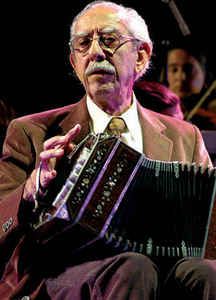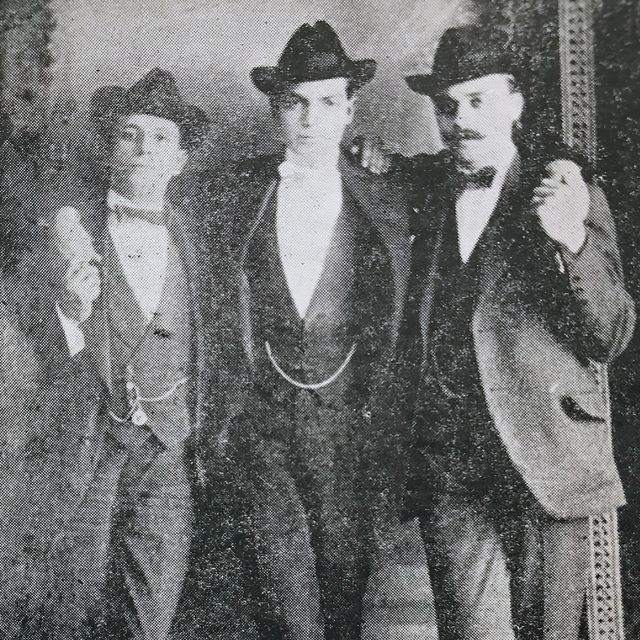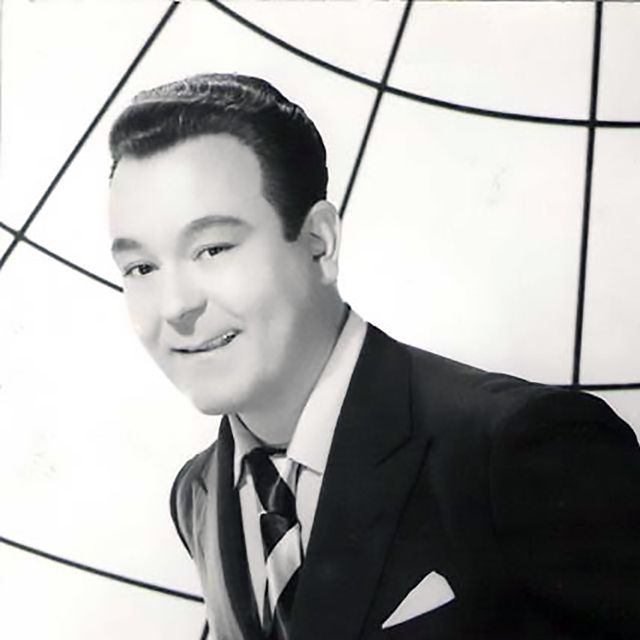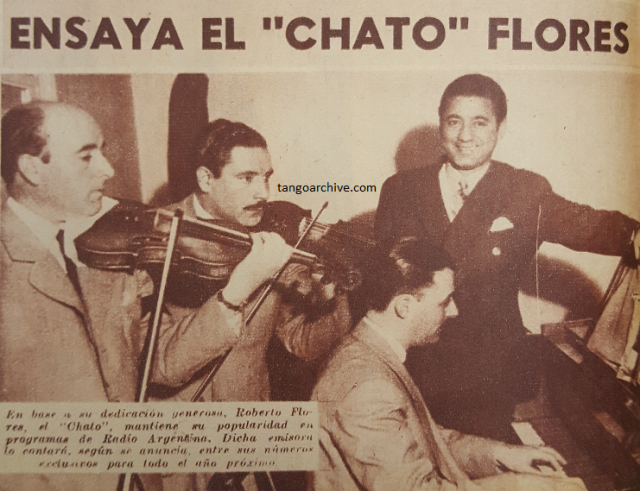“Si sos brujo” by Osvaldo Pugliese y su Orquesta Típica, 1952.
Emilio Balcarce
Violinist, bandoneonist, bandleader, arranger and composer (22 February 1918 – 19 January 2011)
Enamored with music, his blood is nurtured by the sap of tango and the four-to-the-bar beat circulates in his veins as soon as his fingers caress the strings of his violin and transfer his feeling to the bandoneon keyboard.
He decided to play bandoneon to make it weep or sing influenced by its expressive forcefulness, the sweetness of its nuances and the harmony of its chords.
Playing as second violin for Osvaldo Pugliese —Herrero was the lead violin—, recorded “Si sos brujo” (composed by him). Continue reading at www.todotango.com…
Listen and buy:
 |
 |
We have lots more music and history…
If you are in the San Francisco Bay Area and want to learn to dance Tango, you can:









